Almost half of the world’s human population lives in coastal areas, and associated coastal development has significantly degraded or destroyed many coastal ecosystems. Burgeoning human populations and rising sea levels only further constrain the availability of habitat that coastal species depend on.
California’s 1,100 mile coast has more than 200 threatened, endangered or rare species living in coastal habitats. There are hundreds of coastal estuaries that provide critical rearing habitat for marine species, and are also important for recreation, water filtration, and carbon sequestration.
Only 10 percent of California’s historic coastal wetlands remain. Without intervention, we are at risk of losing 40 percent of our remaining coastal wetlands to sea level rise over the coming decades. Conservancy scientists are working to reverse these trends.
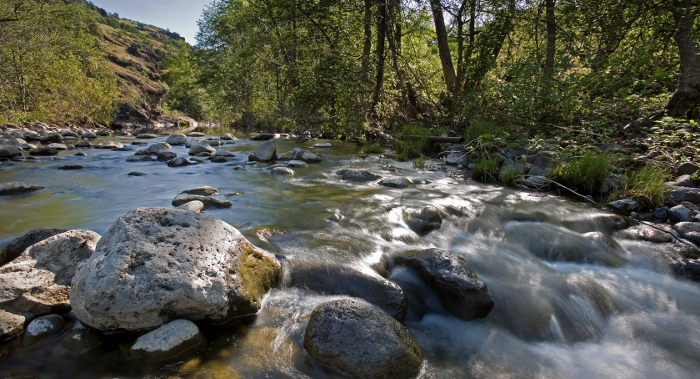
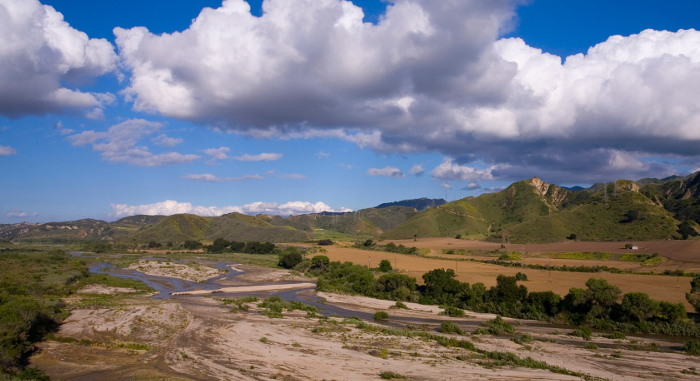
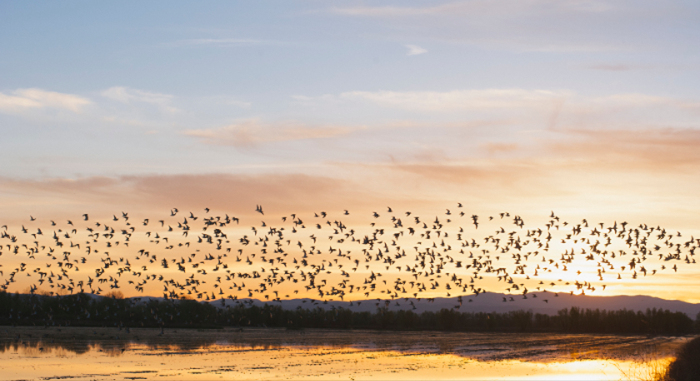
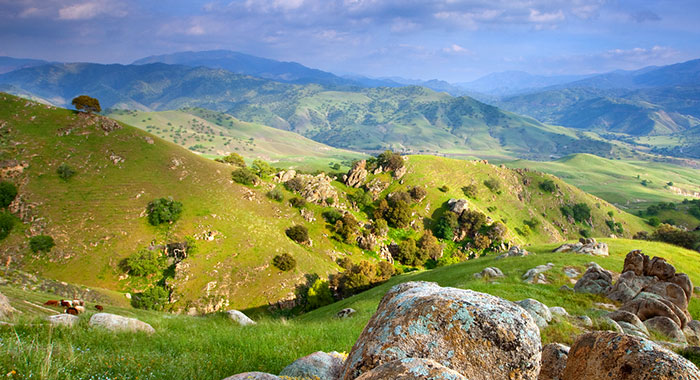
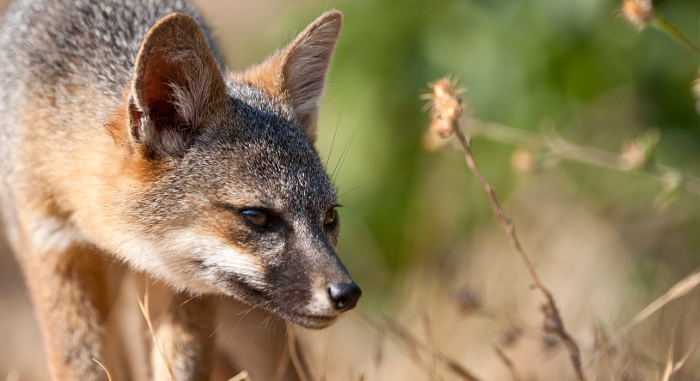

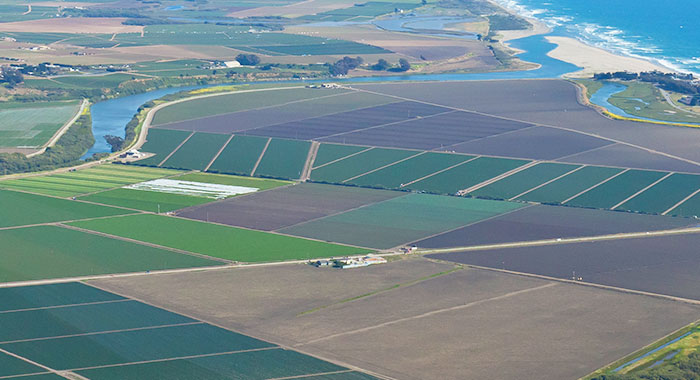

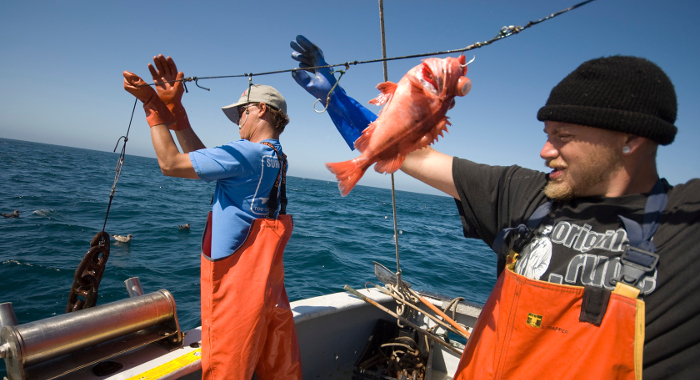
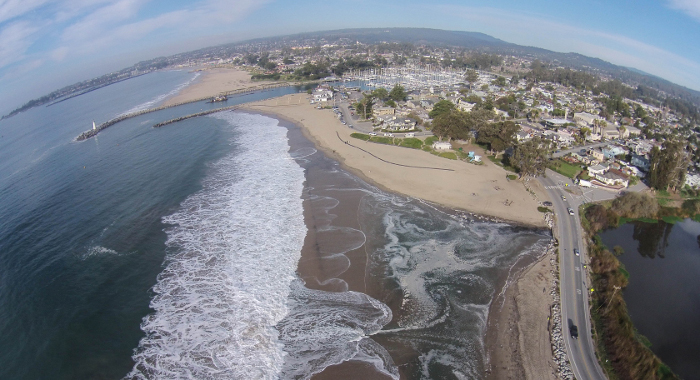

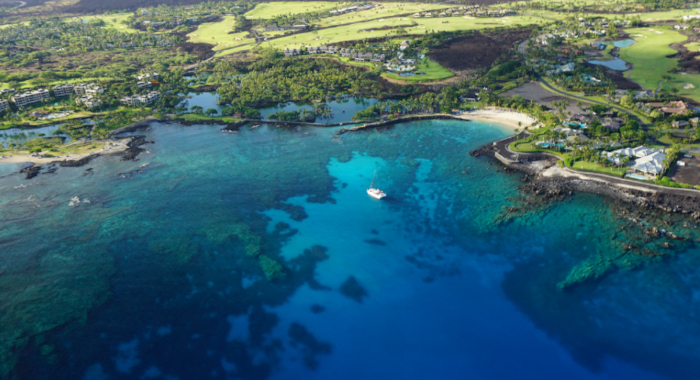
Michael F. Westphal, Joseph A. E. Stewart, Erin N. Tennant, H. Scott Butterfield, Barry Sinervo
This paper documents the negative effects of the 2012-2014 drought—the most severe multi-year drought in southwestern North America in the past 1,200 years—on the endangered blunt-nosed…Szeptycki, L., E. Hartge, N. Ajami, A. Erickson, W. N. Heady, L. LaFeir, B. Meister, L. Verdone, J.R. Koseff
The drought in California rekindled interest in ocean desalination as a new and reliable water supply option; yet desalination is expensive, energy intensive, potentially emits greenhouse gases,…Funk, W.C., R.E. Lovich, P.A. Hohenlohe, C.A. Hofman, S.A. Morrison, T.S. Sillett, C.K. Ghalambor, J.E. Maldonado, T.C. Rick, M.D. Day, T.J. Coonan, K.R. Crooks, A. Dillon, D.K. Garcelon, J.L. King, L.M. Lyren, E.E. Boydston, N. Gould , W.F. Andelt
The genomics revolution provides powerful tools for understanding evolution and advancing conservation. This study applies genomics techniques to examine the evolutionary mechanisms underpinning…M.B. Pesendorfer, T.S. Sillett, S.A. Morrison, A.C. Kamil
Foraging behavior may be influenced by a variety of factors, including food abundance and competitor density. This study examines how such factors affect the seed caching behavior of the Island…Kirk Klausmeyer, Jeanette Howard, Sandi Matsumoto, Sally Liu, Melissa Rohde
Groundwater is essential to the health and viability of plants, animals and ecosystems. Many tree species, like willows and cottonwoods, rely on groundwater to survive seasonal and annual dry spells.…Cara Byington, Greg Golet
Sophie S. Parker, Lily N. Verdone, E.J. Remson, Brian S. Cohen
This study addresses a basic problem shared by many riparian conservation projects: parcelization. Having dozens or hundreds of owners along a river can make conserving riparian ecosystems a difficult…M.B. Pesendorfer, T.S. Sillett, W.D. Koenig, S.A. Morrison
Many corvids are renowned as “ecosystem engineers” because they facilitate the long-distance seed dispersal of keystone tree species like oaks. This paper reviews research into various…The Nature Conservancy, RMC Consultants, Inc.
Groundwater is intimately connected to surface water, which has profound implications for sustainable water resource management. California has historically overlooked this important interaction and…Buchalski, M.R, B.N. Sacks, D.A. Gille, M.C.T. Penedo, H.B. Ernest, S.A. Morrison, W.M. Boyce
Bighorn sheep occupy a desert landscape of rugged mountains separated by expansive and very arid valleys. Highways and other development in those valleys fragment habitat and isolate populations from…The Nature Conservancy, RMC Consultants, Inc.
Groundwater is intimately connected to surface water, which has profound implications for sustainable water resource management. California has historically overlooked this important interaction and…Morrison, S.A., A.J. DeNicola, K. Walker, D. Dewey, L. Laughrin, R. Wolstenholme, N. Macdonald
This paper describes a program to eradicate an introduced and rapidly increasing population of wild turkeys from an island. It includes a description of the principles important for eradication…The Nature Conservancy and Sonoma County Agricultural Preservation and Open Space District
The Climate Action Through Conservation project provides a way for local governments, land managers, and planners to understand the links between climate benefits and conservation values and…Matthew G. Johnson, Kylene Lang, Paul Manos, Greg H. Golet, Kristina A. Schierenbeck
When non-native ornamental species spread into wild landscapes they can displace natives that have greater wildlife habitat value. Controlling the spread of a non-native species can be difficult when…Vasilissa V. Derugin, Joseph G. Silveira, Gregory H. Golet, Gretchen LeBuhn
In restoration ecology, understanding how and when species colonize newly created habitat is critically important for assessing progress toward restoration goals. By using camera traps to take a…Gary L. Ivey, Caroline P. Herziger, David A. Hardt, Gregory H. Golet
Understanding the geographic distribution and long-term dynamics of Sandhill Crane (Grus canadensis) foraging areas and night roost sites is fundamental to their conservation and management. The…Daniel S. Karp, Patrick Baur, Edward R. Atwill, Kathryn De Master, Sasha Gennet, Alastair Iles, Joanna L. Nelson, Amber R. Sciligo, Claire Kremen
In 2006, an E. coli outbreak linked to spinach grown in California’s Central Coast region catalyzed reforms in vegetable production. Without evidence, wildlife was targeted as a disease vector…